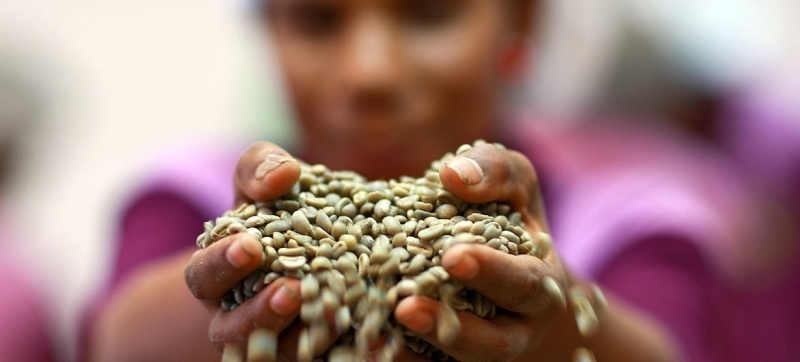
The price of coffee has almost doubled this year compared to the 10-year average. FAO: Rising cost of coffee, tea and cocoa fueling global food imports Economic Development
The world’s food import bill is set to exceed $2 trillion in 2024, fueled by rising consumption of coffee, cocoa and tea, according to the latest forecast released Thursday by the Food and Agriculture Organization (FAO).
Cocoa prices have almost quadrupled their 10-year average at the start of this year, coffee prices have almost doubled and tea prices have risen 15 percent. Together, these commodities account for more than half of the projected increase in global food import bills, which FAO economists expect to rise by almost 23 percent in 2024.
National differences
While high-income countries, which account for two-thirds of global food import bills, are expected to increase purchases by 4.4 percent, import bills in middle- and low-income countries are expected to decline.
Low-income countries may benefit from lower prices for cereals and oilseeds, with FAO forecasting a decline in per capita consumption of wheat and coarse grains, while rice consumption is expected to rise by 1.5 percent.
FAO highlights the important role that food exports play in supporting many economies around the world. For example, coffee export revenues cover almost 40 percent of Burundi and Ethiopia’s food import bill, while cocoa exports from Côte d’Ivoire fully offset the country’s total food import bill. Similarly, tea exports cover more than half of Sri Lanka’s import bill.
Mixed Outlook
FAO forecasts paint a mixed outlook for global food production and trade, with wheat and feed grain production expected to decline but remain above consumption levels. Meanwhile, a record rice harvest is expected, which could boost global consumption, replenish stocks and revive international trade.
Meat and dairy production are forecast to grow modestly, while global fish production is expected to increase by 2.2 percent, helped by a boom in aquaculture.
Vegetable oil consumption could outpace production for the second season in a row, leading to tighter stocks.
The report warns that extreme weather and geopolitical tensions could destabilize production systems, further worsening global food security.
Olive oil prices rise in line with climate change stress
The sharp rise in olive oil prices, according to the FAO, is linked to a decline in production due to climate change. In Spain, wholesale prices for extra virgin olive oil reached almost $10,000 per tonne in January 2024, almost three times the level in 2022. High temperatures, forcing olive trees to conserve water for their own survival rather than for fruit production, have led to a nearly 50 percent reduction in production for two years in a row.
Producers should consider switching to more sustainable water and soil management practices, the authors of the report say.
